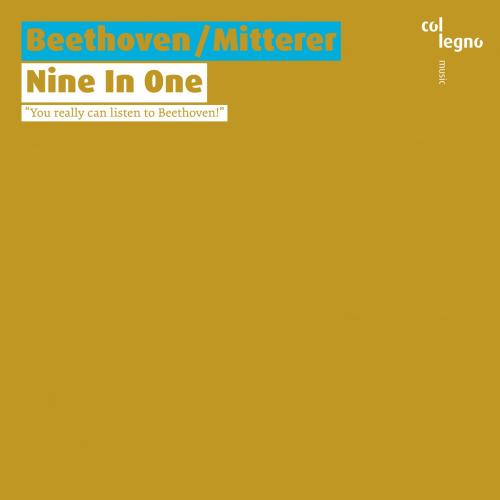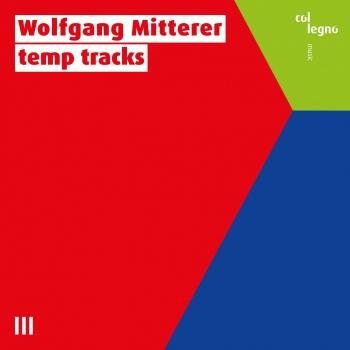
Nine In One Wolfgang Mitterer
Album info
Album-Release:
2018
HRA-Release:
29.06.2018
Label: col legno
Genre: Classical
Subgenre: Orchestral
Artist: Wolfgang Mitterer
Composer: Ludwig van Beethoven (1770–1827)
Album including Album cover Booklet (PDF)
- Wolfgang Mitterer (1958 - ), Ludwig van Beethoven (1770 - 1827):
- 1 Beethoven - Schicksal 04:37
- 2 9In1 Satz 1 05:38
- 3 Beethoven - Tristesse 04:38
- 4 9In1 Satz 2 06:26
- 5 9In1 Satz 3 07:02
- 6 Beethoven - Intermezzo 03:37
- 7 9In1 Satz 1+2 11:41
- 8 9In1 Satz 3+4 06:07
- 9 9In1 Satz 4 06:10
Info for Nine In One
All the themes from all of Beethoven’s symphonies, played live by an orchestra, concentrated into one hour and supplemented with electronics – that’s “Nine in One”. Or: a wild rollercoaster ride through the twists and turns of Ludwig van Beethoven’s brain. In the front carriage: Wolfgang Mitterer. He has a reputation, as a musician many’s the time he’s tormented the big concert organs of the continent, as well as composing for important orchestras, ensembles and opera houses, rocking it in jazz clubs or writing film music in his studio in Vienna. Off we go! Radial acceleration. Centrifugal force. Looping. The whole programme. And then what makes riding the rollercoaster so much fun suddenly happens: we can’t feel our own mass anymore, and we experience a moment of weight- lessness. A similar condition may also appear after listening to this album. But what’s certain is that from this point onwards, you hear the ‘New Testament of Music’, as Beethoven’s symphonies are also known, in a completely new way.
Haydn Orchestra of Bolzano and Trento
Gustav Kuhn, conductor
Wolfgang Mitterer
studied organ, composition and electroacoustics in Vienna and Stockholm. He is not only one of the Austrian specialists for electronics as well as being equally brilliant on the keyboard and on the slide controls, but is also one of the most innovative composers. His work oscillates between composition and open form. Apart from music for organ and orchestra, a piano concerto and an opera he has produced electronic pieces, conceptualized sound installations, and engaged in collective improvisation with diverse groups, developing a language of extremes, tension and complexity. The pleasure he takes in experimenting leads him to combine contrasting elements in the creation of unpredictable musical events. In one major composition, for instance, he juxtaposes musical bands and children’s choirs with specialized instrumentalists and singers, while filling the hall with surround sound created by live electronics. But his work transcends the merely spectacular, precisely because of his musical presence and the high – deeply moving – intensity and complexity of his compositions. Listening intensely to low sounds has its place just as much as the ‘installing’ of exploding sound fragments in the listeners’ minds. Far from being smoothly pleasurable, Mitterer’s music is still uncannily beautiful at times.
Booklet for Nine In One











